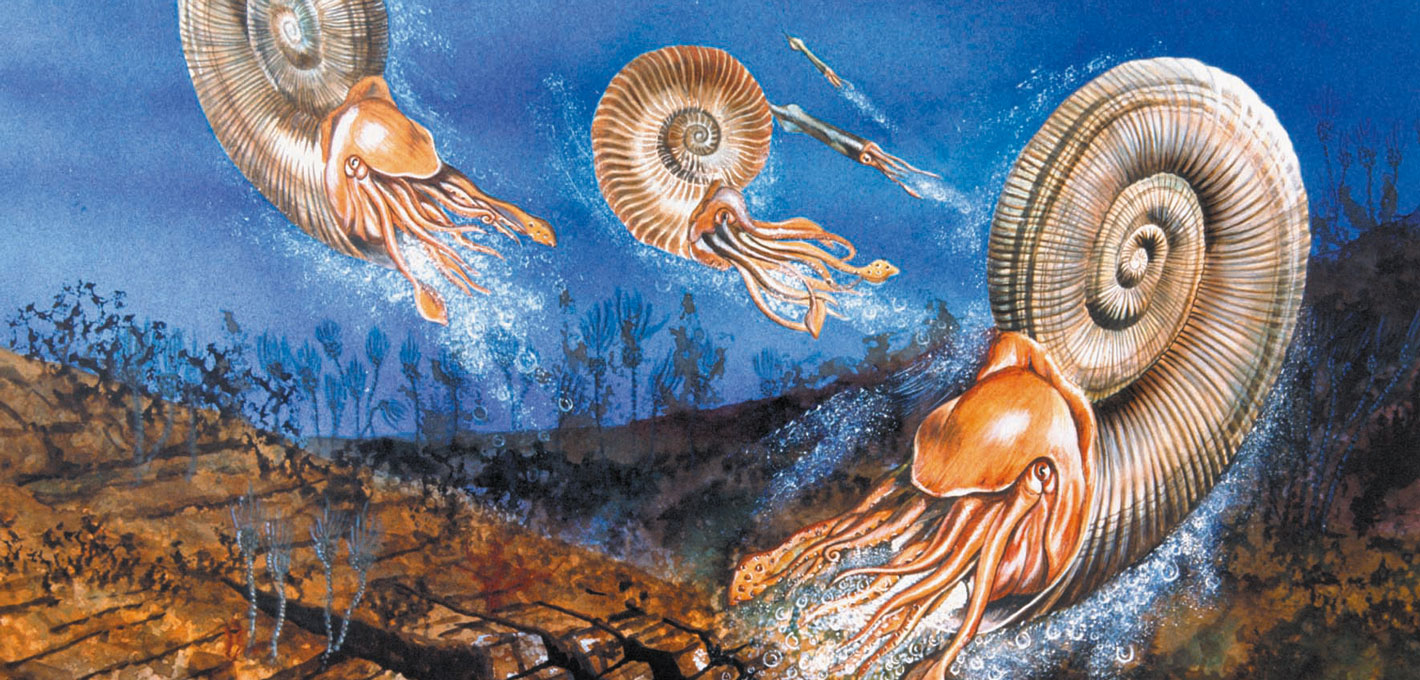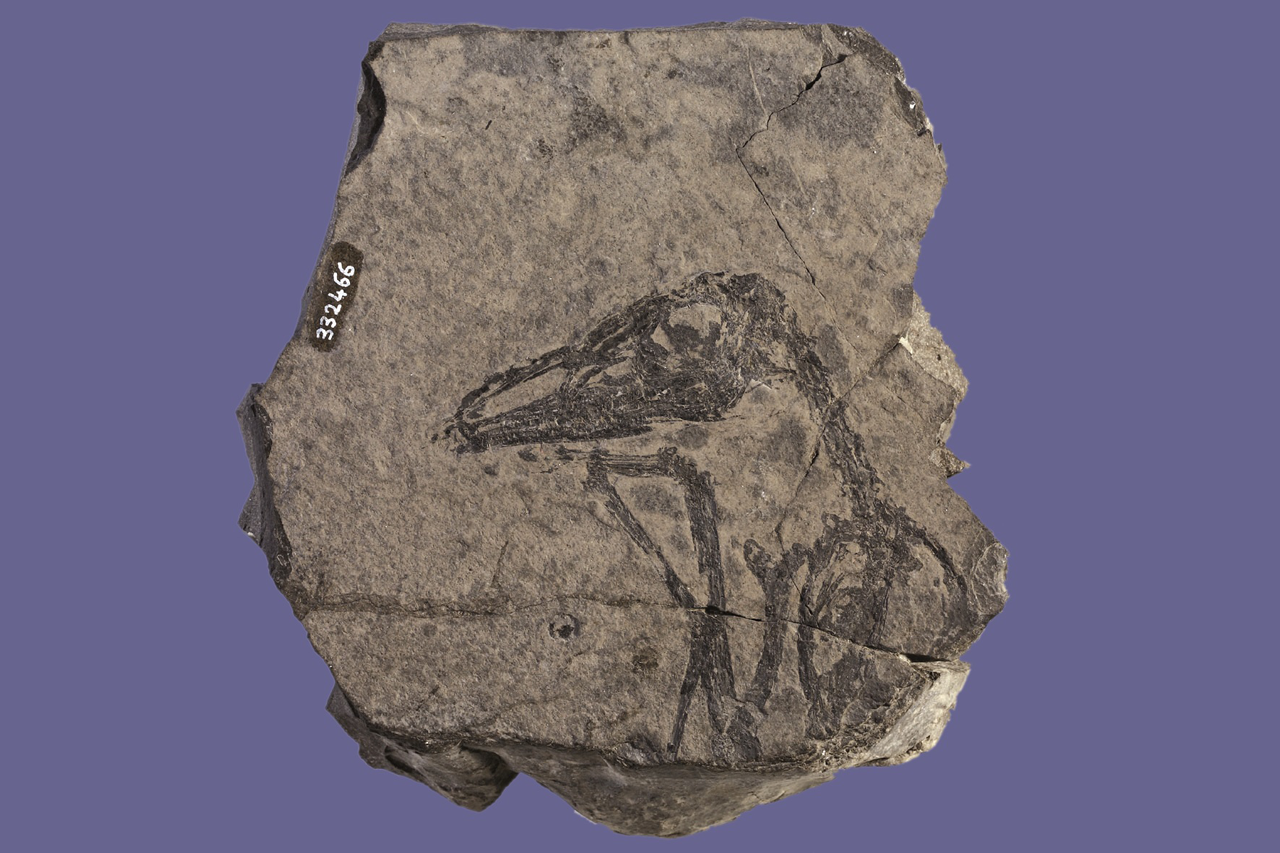Mesozoic Era: Triassic, Giurassic, Cretaceous
BackThe boundary between the Permian and the Triassic (250 million years ago) is marked by the disappearance of 98% of the species of organisms that populated the Earth’s seas. This was the most disastrous extinction ever to hit our planet in its history, even worse than the more famous one, which, 65 million years ago, led to the disappearance of the dinosaurs.
After this extinction, new groups of organisms spread across the planet. The Triassic of the Carnic Alps brings to light new groups of fossils, such as, for example, the ammonites of the Ladinian, or the extraordinary small flying reptiles – the oldest in the world – enclosed in the layers of the Dolomia di Forni outcropping close to the village of Preone!
During the Triassic there are also phases in which the sea gave way to a dry land that was covered with forests, thus accumulating extensive deposits of what would become coal, such as those in the area of Cludinico, in the Degano valley.
During the Jurassic the sea becomes deeper, even in the southernmost areas, as evidenced by the particular types of rocks that were formed. These are pelagic red limestones and limestones with flint, such as the red ammonitic limestone of Mount Verzegnis, which is used in construction.
In the Carnic Alps the Mesozoic Era holds no further great discoveries.
The rocks of the Cretaceous age (from 140 to 65 million years ago), in fact, are rare within area of the Geopark, partly due to erosion, partly because the sediments did not settle here, but were transported elsewhere.


